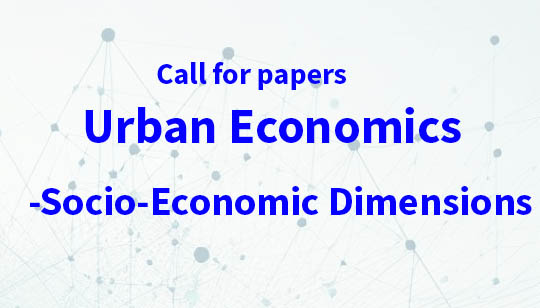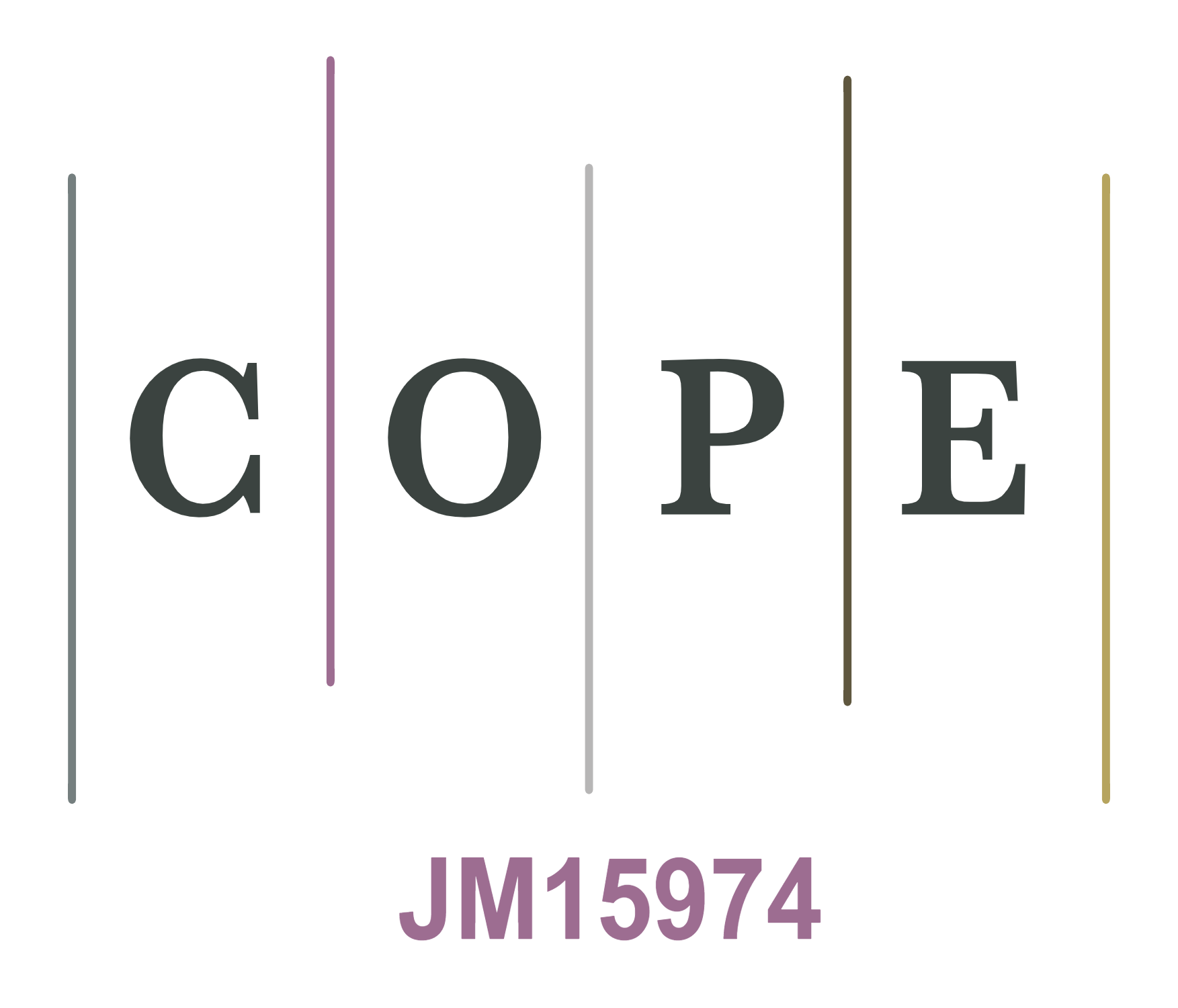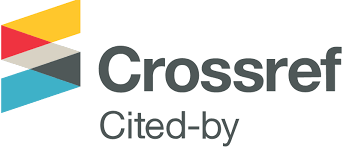Can Cultural Capital and the Right to the City Explain Class-Based Alienation in Thailand’s Art Museums?
DOI:
https://doi.org/10.25034/ijcua.2025.v9n2-8Keywords:
Class-Based Alienation, Spatial Exclusion, Cultural Capital, Art Museums, Reconciliation, Socio-Economic Inequality, Urban CitizenshipAbstract
Contemporary art museums in Thailand often fail to engage working-class communities, revealing a disconnect between institutional narratives and the lived realities of marginalized urban citizens. This study investigates how cultural exclusion reflects broader socio-economic inequality, contributing to the journal’s focus on the economic ramifications of urbanization. Through qualitative fieldwork and interviews at four institutions—BACC and MOCA (Thailand), Tate Modern (UK), and Pirelli HangarBicocca (Italy)—it identifies four key dimensions of alienation: psychological, spatial, socio-cultural, and economic. Drawing on Bourdieu’s concept of cultural capital and Lefebvre’s Right to the City, the research introduces a typology of alienation that functions as both a theoretical contribution and a practical tool. It demonstrates that exclusion stems not only from cost but also from curatorial tone, spatial design, and symbolic inaccessibility. By centering the perspectives of lower-income participants, this study contributes an interdisciplinary framework that bridges museology, urban studies, and critical ethnography. By situating cultural alienation within the socio-economic transformations of contemporary urbanization, the study demonstrates how exclusion from museums parallels broader patterns of economic inequality and urban segregation in Thailand. Ultimately, it argues that inclusive cultural infrastructure is essential for fostering urban resilience and democratic participation.
Downloads
References
Baker, S. E., & Edwards, R. (2012). How many qualitative interviews is enough? Expert voices and early career reflections on sampling and cases in qualitative research. National Centre for Research Methods. https://eprints.ncrm.ac.uk/id/eprint/2273/
Bennett, T. (1995). The birth of the museum: History, theory, politics. Routledge.
Bourdieu, P. (1984). Distinction: A Social Critique of the Judgement of Taste. Harvard University Press.
Bourdieu, P. (1990). The Logic of Practice. Stanford University Press.
Cai, Y. (Ed.). (2025). The Museum in Asia. Routledge.
Chirapravati, P. (2005). Votive tablets and the Thai religious imagination. Siam Society Journal, 93(1), 1–22.
Clark, J., & Kitiarsa, P. (2010). Thai visual culture: The art of Silpa Bhirasri and modern Thai identity. In Modern and Contemporary Southeast Asian Art (pp. 189–203). Cornell Southeast Asia Program.
Clarke, D. (2013). Art and Place: Site-Specific Art of the Americas. Phaidon Press.
Duncan, C. (1995). Civilizing rituals: Inside public art museums. Routledge.
England, K. V. L. (1994). Getting personal: Reflexivity, positionality, and feminist research. The Professional Geographer, 46(1), 80–89. https://doi.org/10.1111/j.0033-0124.1994.00080.x
Fainstein, S. S. (2010). The Just City. Cornell University Press.
Falk, J. H., & Dierking, L. D. (2013). The Museum Experience Revisited. Left Coast Press.
Fraser, A. (2006). From the critique of institutions to an institution of critique. In J. Raunig & G. Ray (Eds.), Art and Contemporary Critical Practice: Reinventing Institutional Critique (pp. 123–135). MayFlyBooks.
González-Herrera, A. I., Díaz‑Herrera, A. B., Hernández-Dionis, P., & Pérez-Jorge, D. (2023). Educational and accessible museums and cultural spaces: systematic review. Humanities and Social Sciences Communications, 10(1), 67. https://doi.org/10.1057/s41599-023-01563-8
Hall, J. (2023). Sensation and contemplation: A slow approach to designing inclusive museum experiences. In Nordes 2023 Conference Proceedings.
Huang, H.-Y., & Liem, C. C. S. (2022). Social inclusion in curated contexts: insights from museum practices. Information Processing & Management, 59(6). https://doi.org/10.1016/j.ipm.2022.103116
Hines, S. (2001). Visitor behavior and museum navigation: Barriers to accessibility in cultural institutions.
Hooper-Greenhill, E. (2000). Museums and the interpretation of visual culture. Routledge.
Holstein, J. A., & Gubrium, J. F. (2003). Inside interviewing: New lenses, new concerns. SAGE Publications.
Iervolino, S., & Sergi, D. (2023). We Need to Talk about Class: Towards a class-based approach in contemporary museum theory and practice. Museum Worlds: Advances in Research, 11(1), 51–63. https://doi.org/10.3167/armw.2023.110105
Lefebvre, H. (1996). Writings on Cities (E. Kofman & E. Lebas, Trans.). Blackwell.
Le Mare, L., & Holden, C. (2021). Barriers to access and the value of museums: Social inclusion and the public good. Museum Management and Curatorship, 36(3), 234–252. https://doi.org/10.1080/09647775.2021.1903189
Lind, M. (2004). Actualisation of space: The case of Oda Projesi. In N. Heinich & M. Pollak (Eds.), Curating Architecture and the Politics of Display.
Medaković, D. (2024). Spatial organization and circulation patterns in exhibition design. Buildings, 14(7), 2147. https://doi.org/10.3390/buildings14072147
O'Doherty, B. (1999). Inside the White Cube: The Ideology of the Gallery Space. University of California Press.
Prior, N. (2005). A question of perception: Bourdieu, art and the postmodern. The British Journal of Sociology, 56(1), 123–139. https://doi.org/10.1111/j.1468-4446.2005.00050.x
Raicovich, L. (2021). Culture Strike: Art and Museums in an Age of Protest. Verso Books.
Sandell, R., & Nightingale, E. (2022). Museums, moralities and human rights: Towards a renewed understanding of museum practice. Routledge.
Sasitharan, T. (2023). Performing public: Cultural democracy and access in Southeast Asia. Asian Theatre Journal, 40(1), 45–67. https://doi.org/10.1353/atj.2023.0003
UNESCO. (2018). HLPF 2018 - SDG 11.4: Strengthen efforts to protect and safeguard the world’s cultural and natural heritage. https://hlpf.un.org/2018/11.4
UNESCO. (2022). Culture: A driver and an enabler of sustainable development. https://unesdoc.unesco.org/ark:/48223/pf0000381754
Van Teijlingen, E., & Hundley, V. (2001). The importance of pilot studies. Social Research Update, 35. University of Surrey.
Wang, X. (2025). Natural movement: measuring optimal pathway and visual accessibility in exhibition spaces. ScienceDirect.
Wolf, M. (2024). Extending the invitation: Strategies for welcoming visitors and reducing barriers to access. American Alliance of Museums.
Published
Issue
Section
License
Copyright (c) 2025 Amika Naknawaphan, Onnutcha Naknawaphan

This work is licensed under a Creative Commons Attribution 4.0 International License.





















